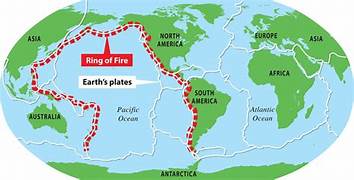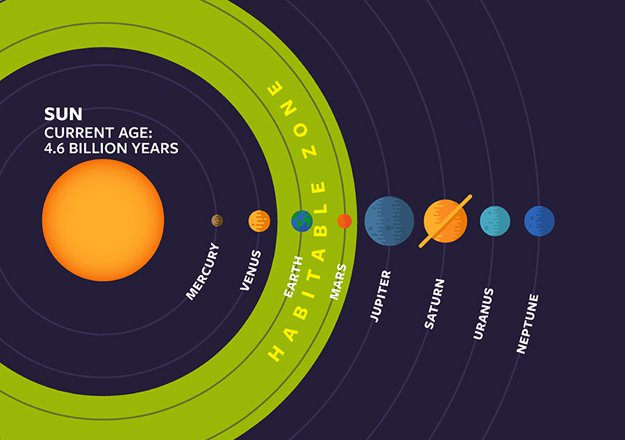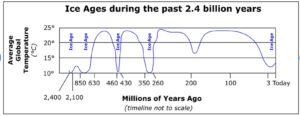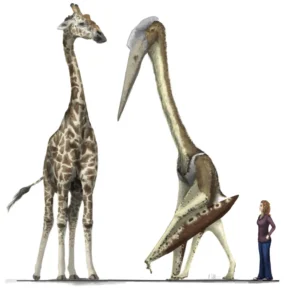|
BEFORE THE DEEPWATER OCEANS Before the oceans planetary surface area was equal to the surface area of the continental land masses, the lithosphere draped the surface in an unbroken rocky shell, with mass and surface area similar to the the planet Mars. Similar rotation periods and axial tilts suggest when Mars and Earth were similar in size, the planets were in geosynchroneous orbits, before an impact knocked Earth into a closer orbit around the sun.
A map of the titanium abundances on the Moon’s surface indicates extremely high concentrations compared to terrestrial rocks. We mimicked the high-Titanium basalts using high-temperature experiments clearly demonstrating how the melt-solid reaction is integral in understanding the formation of these unique magmas. Titanium deposits, only on the near side of the moon, suggest the lunar surface may have been heated by kinetic energy of the impact which shattered the lithosphere into plates and knocked Earth out of orbit around Mars before rebounding into lunar orbit. Spread rates of the oceanic plates, 15 km/million years, suggest the Pacific Ocean seabed began formation after the Permian extinction.
Before the Extinction the climate was temperate with boreal forests ice caps and ice ages. After the extinction, during the Mesozoic Era, the climate was tropical without ice caps or ice ages, suggesting Earth was further from the sun before the Extinction. The spread rate of the Atlantic Ocean oceanic plates, away from the Mid Atlantic ridge, suggests formation of the Atlantic Ocean began 65 million years ago, at the end of the Mesozoic era, when an asteroid shatter the lithosphere near the Gulf of Mexico. Since the Permian extinction Earth’s mass has increased tenfold, surface gravity has increased by 2.5 times, and planetary surface area has increased by 4 times, as surface curvature has decreased from the curvature of Mars to the curvature of the deepwater oceans, causing earthquakes and faults through lithosphere as the landscape flattens. Orbital momentum is the product of the mass, velocity and orbital distance of an orbiting body which balances gravity between the orbiting and orbited body. Increasing the mass or velocity has a multiplier effect on the momentum of an orbiting body, which increases the orbital distance and decreases gravity as the orbital distance increases.
The tenfold increase in mass has increased Earth’s orbital momentum and orbital distance since the beginning of the Mesozoic. Before the Extinction, when Earth was further from the sun, the climate was temperate with ice caps and lengthy ice ages. The Mesozoic was tropical, without ice caps or ice ages. Since then ice-caps and ice-ages have resumed, suggesting Earth is moving further from the sun.
In humans and bovids, cortical bone has been evaluated to withstand maximum stress. Hence, within the context of comparable loading regimes, the mechanical state of each sauropod model examined suggests that all skeletal pedal postures would most likely have resulted in mechanical failure (e.g., stress fractures).
This state would have been intensified when subjected to repetitive heavy loadings, as would be expected during normal locomotion, ultimately resulting in fatigue fracture in all digits. Being unable to support or move properly, the high probability of mechanical failure would have had a substantial impact on the animal’s survival.
The huge Quetzalcoatlus northropi lived 70 million years ago, stood as tall as a giraffe on the ground, more than five meters tall and weighed 250 kilograms. The Kori bustard is the heaviest living animal that can fly. Males weigh between 10 and 16 kilograms and the biggest up to 23 kg. For comparison, the wandering albatross has a larger wingspan, but only the biggest reach even 16 kg.
|
Atoms are electrons and positrons 2d & 3d photon quanta with opposite and like polarity to the fields of stars and planets








